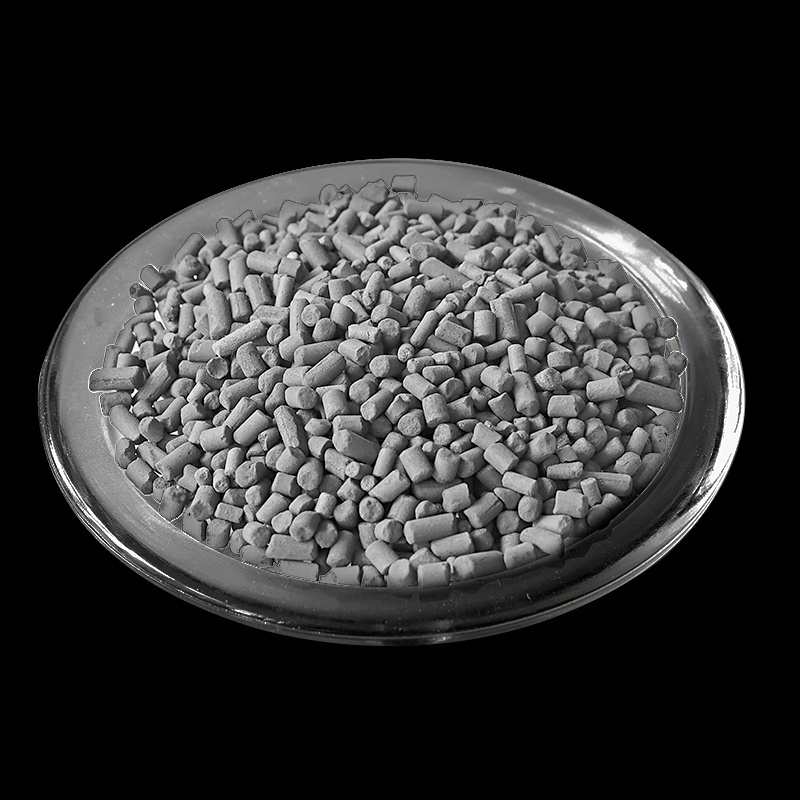Activated Carbon For Water Treatment
Technical Index
| Items | Iodine Value | Apparent Density | Ash | Moisture | Hardness |
| XJY-01 | >1100mg/g | 0.42-0.45g/cm3 | 4-6% | 4-5% | 96-98% |
| XJY-02 | 1000-1100mg/g | 0.45-0.48g/cm3 | 4-6% | 4-5% | 96-98% |
| XJY-03 | 900-1000mg/g | 0.48-0.50g/cm3 | 5-8% | 4-6% | 95-96% |
| XJY-04 | 800-900mg/g | 0.50-0.55g/cm3 | 5-8% | 4-6% | 95-96% |
Usage
Activated carbon has been widely used in various types of sewage treatment. With its ability to adsorb and remove impurities, it improves water quality by eliminating pollutants and pollutants. In addition, activated carbon is also widely used as a catalyst and as a supported catalyst for many chemical processes. Its porous structure allows efficient chemical reactions and enables it to act as a carrier for other active materials. In addition, activated carbon is an excellent material for supercapacitor electrodes with high capacitance and fast charge/discharge rates. This makes it ideal for energy storage applications in electronic devices.
Another notable application of activated carbon is in the field of hydrogen storage. Its huge surface area enables it to absorb large amounts of hydrogen, providing an efficient means for storing and transporting clean energy. In addition, activated carbon plays a vital role in smoke control. By adsorbing harmful gases emitted during industrial processes, it helps reduce air pollution and ensure a cleaner environment.
With its versatile applications and excellent performance, our activated carbons are reliable, efficient solutions for a wide range of industrial needs. Whether it’s wastewater treatment, catalysis, supercapacitor technology, hydrogen storage or flue gas control, our activated carbons excel in every area, delivering unrivaled performance and reliability. Choose our products and witness the incredible ability of activated carbon to transform your industrial processes and meet environmental challenges.













